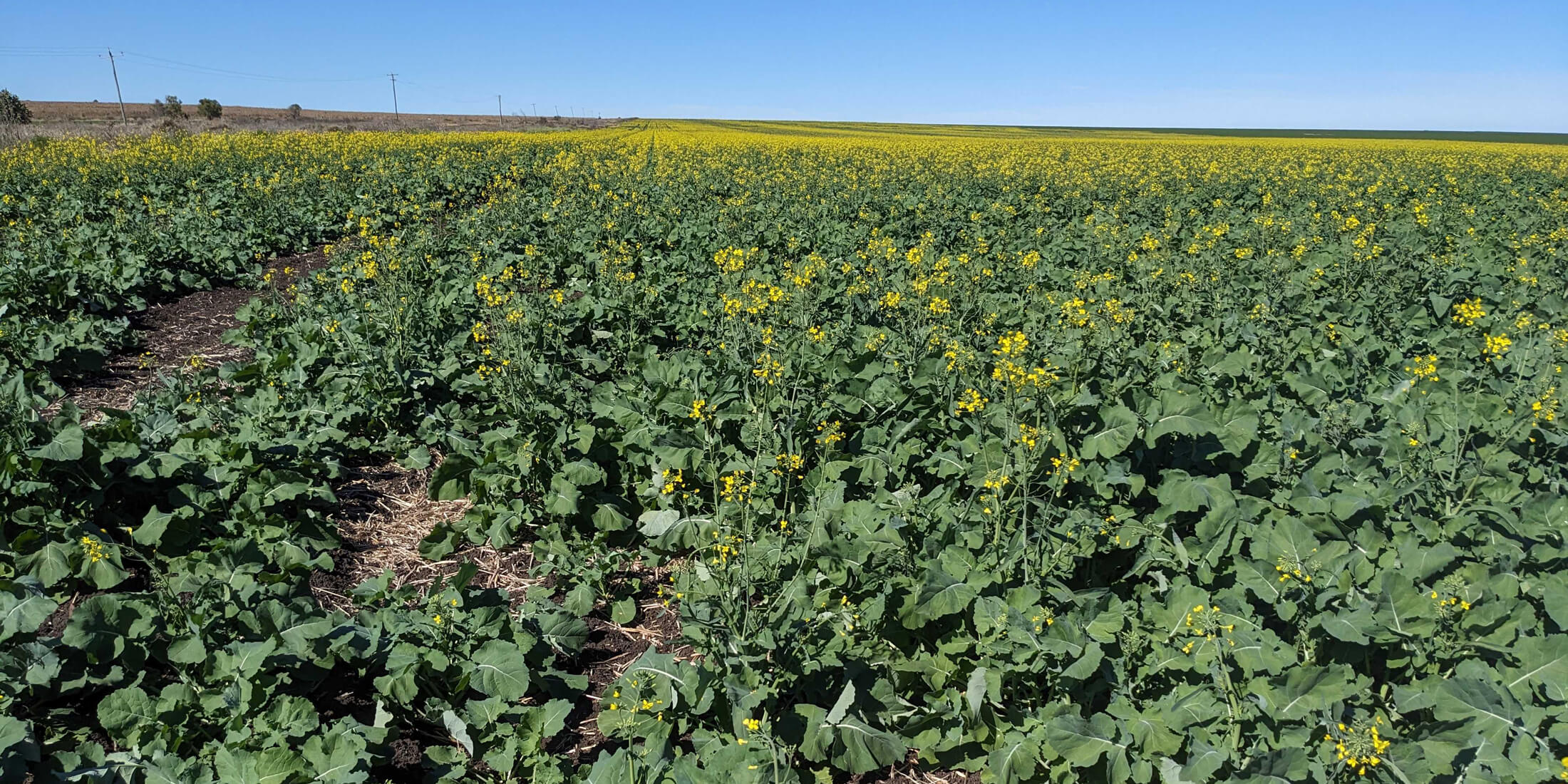If you are interested in DAS, or you are a customer of ours—you have probably heard us refer to ground truth data. So, what is ground truthing? Why is it important? And how come you keep hearing us talk about it?
We are going to break it all down in simple terms so that you understand the immense importance of ground truthing to DAS Grain Intelligence products.
Before we get to ground truthing, let’s understand the basics of Machine Learning
Machine Learning (ML) is a branch of artificial intelligence where data and algorithms are used to imitate the functions of the human mind. It’s a highly specialised scientific method conducted by ML specialists and data scientists. In the context of Agriculture, you can create an ML classification model to differentiate between crop types.
Here is an example: A company has 15,000 photos of crop types ranging from canola, to faba beans and oats. A data scientist can label a small proportion of the images as canola, some others as faba beans and some as oats. Now 75% of the labelled images are used to train a ML model to recognise the crop type (i.e. assign it’s own label to each image), and the other 25% of the labelled images are used to calculate accuracy metrics and assess model performance. The model can then be used to assign labels to the un-labelled images, completing the image labelling task orders of magnitude faster than a human.
How DAS uses Machine Learning
At DAS, we go far beyond that highly simplified example. Our Earth Observations team trains ML models to label (recognise) the crop type in paddocks based on features derived from both optical and radar satellite data. These models can then be applied at continental scale to classify what crop is growing in every paddock.
We apply this approach to:
- Winter crop types: Canola, barley, chickpeas, faba beans, field peas, lentils, lupins, oats, wheat, vetch, pasture and fallow
- Summer crop types: Cotton, rice, corn and sorghum
The output of our applied machine learning pipelines form the foundation of the DAS Grain Intelligence offering.
The role and value of ground truth
Ground truth data are the “labels” that our ML models learn with, and that we use to assess performance. For us, that label consists of a latitude and longitude, crop type and year of the crop. The vast majority of our ground truth data is collected via roadside surveys, i.e. We drive past a paddock, identify the crop type and record the location on a smartphone app. This way we can collect many hundreds of samples per day.
We obsess over ground truth data because it is crucial to delivering the suite of products in DAS’ Grain Intelligence offering. Its accuracy, distribution across the country, the crop types captured and its timeliness heavily influences the quality of our in-season crop estimates.
We use ground truth data to train our ML models, but more importantly we need it to assess accuracy. Accuracy is DAS’ primary focus and being able to provide detailed and transparent accuracy assessments to our customers is a key part of the value we provide.
In addition to our roadside surveys, our customers also collect significant amounts of data to help ensure that we have the best possible results in the regions that are most important to them.
Here are some pictures from a seven day survey trip Sam Atkinson (Earth Observations Lead at DAS) and Samuel Holt (Senior Data Scientist at DAS) took in regional QLD and NSW collecting ground truth data to support the DAS Crop ID product. They drove 4,090 kilometres and collected 3,564 data points.
.jpg?width=1200&length=1200&name=20230707_161553%20(1).jpg)
.jpg?width=1200&length=1200&name=20230710_070153%20(1).jpg)

How can my organisation receive detailed accuracy assessments for crops?
It’s all part of our Grain Intelligence offering, which covers both the winter and summer growing seasons. DAS Grain Intelligence is the only crop type mapping product available on the market.
To find out more about Grain Intelligence and to speak with our team, fill out the form below.



